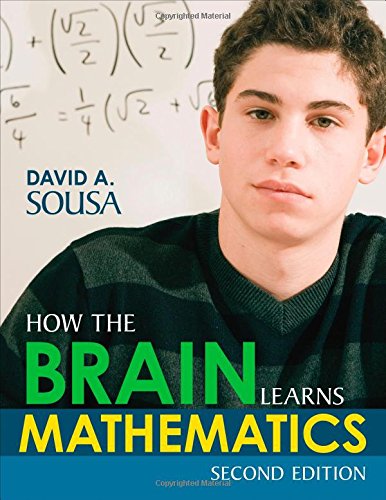

Most ebook files are in PDF format, so you can easily read them using various software such as Foxit Reader or directly on the Google Chrome browser.
Some ebook files are released by publishers in other formats such as .awz, .mobi, .epub, .fb2, etc. You may need to install specific software to read these formats on mobile/PC, such as Calibre.
Please read the tutorial at this link: https://ebookbell.com/faq
We offer FREE conversion to the popular formats you request; however, this may take some time. Therefore, right after payment, please email us, and we will try to provide the service as quickly as possible.
For some exceptional file formats or broken links (if any), please refrain from opening any disputes. Instead, email us first, and we will try to assist within a maximum of 6 hours.
EbookBell Team

5.0
68 reviewsThe author, a reductionist, supposes that isn´t, say, you who learn maths, but your brain organ does. He also assumes that psyches don´t exist save as a part of the brain; that psyches aren´t semovient (i.e., able to start new causal series) but only sensitive; that people boil down to complexified reflex archs, i.e. senso-psycho-motor nervous archs; that psyches emerge from brain activity, personal identity is remembering, and memories are somehow engraved in the brain (the Aeschylus-Plato theory of mnesic traces as imprints in brain´s "wax", like Aeschylus´footprint on the beach and Semon´s 1890s "engram"). Author does also confuse mind and psyche - i.e., mind (a psyche´s set of inner differentiations, achieved on active, causal efficient experiencing of semoviently probing the environmental circumstances during the intellectual development and mnesically retaining and systematizing the classes of operations semoviently deployed) and the psyche wherein that mind unbarterably inheres. Thus this book provides before all a political message: people are robots, individuals have slight or no value, persons even in affective bonds are always replaceable, solidarity and compassionate appreciation are ungrounded. For synoptic, alternative neuroscientific discussion and context in this same Library Genesis, see, e.g., pages 313 to 393 (Chptrs. 11 by Mariela Szirko and 12 by Mario Crocco) in: Ontology of Consciousness Percipient Action / edited by Helmut Wautischer: The MIT Press-Bradford Books, 2008, in: http://libgen.io/get.php?md5=8562D716817C4939AA987EAA94A81449&key=BNAIL1FQW6C5SW8Y LibGen ID 541045; see also ID 1485841 and (in Spanish), ID 1201494 and ID 1530460.
"To reach all your math students, use your brain—and theirs, too! This updated bestseller takes readers to the next level with new brain-friendly strategies backed by the latest research and even more ways to seamlessly incorporate what you learn about your students’ developing minds into your math classro